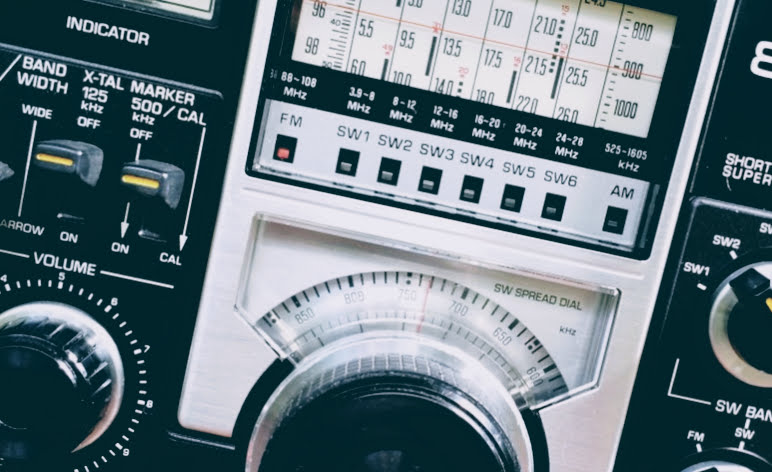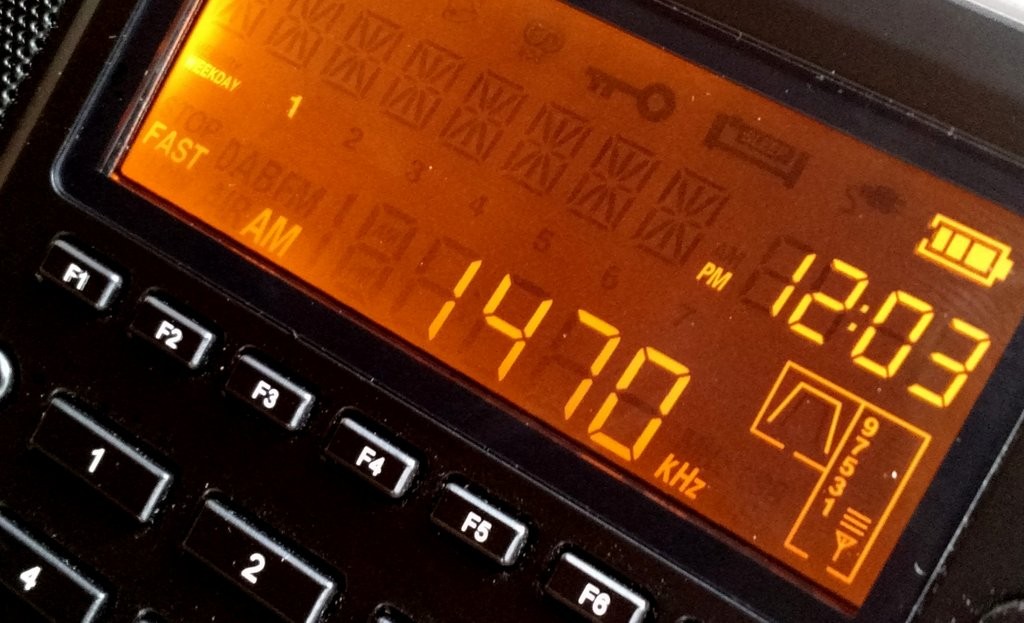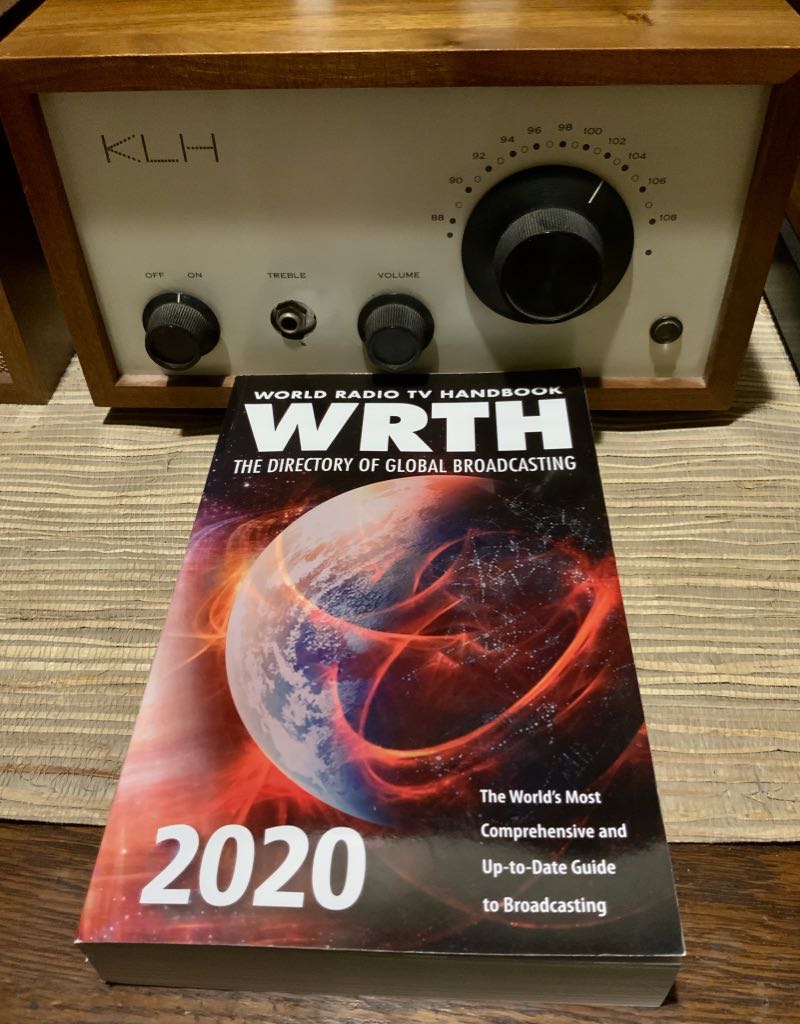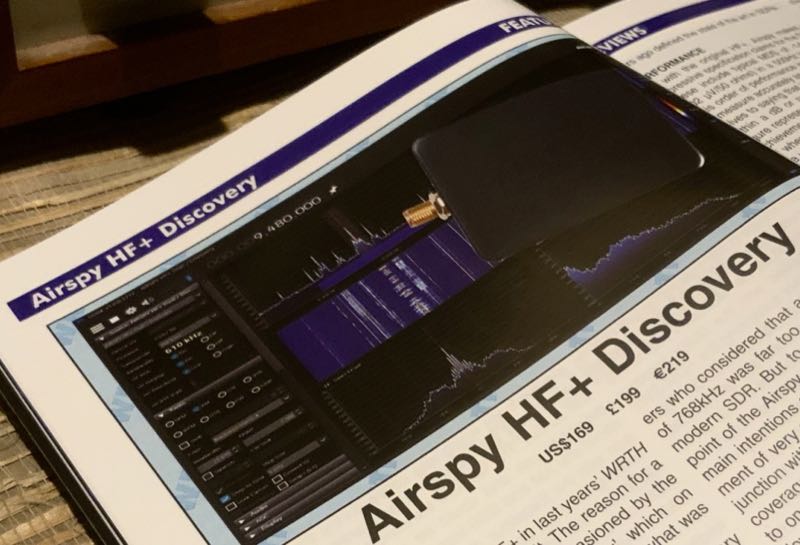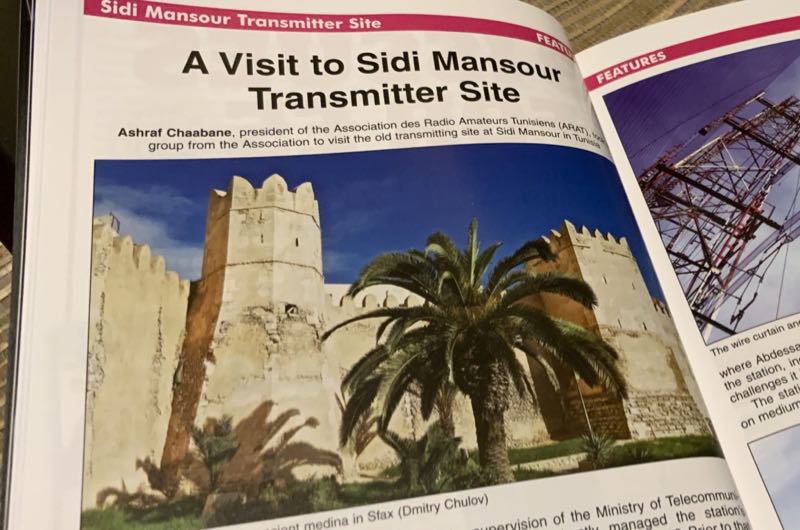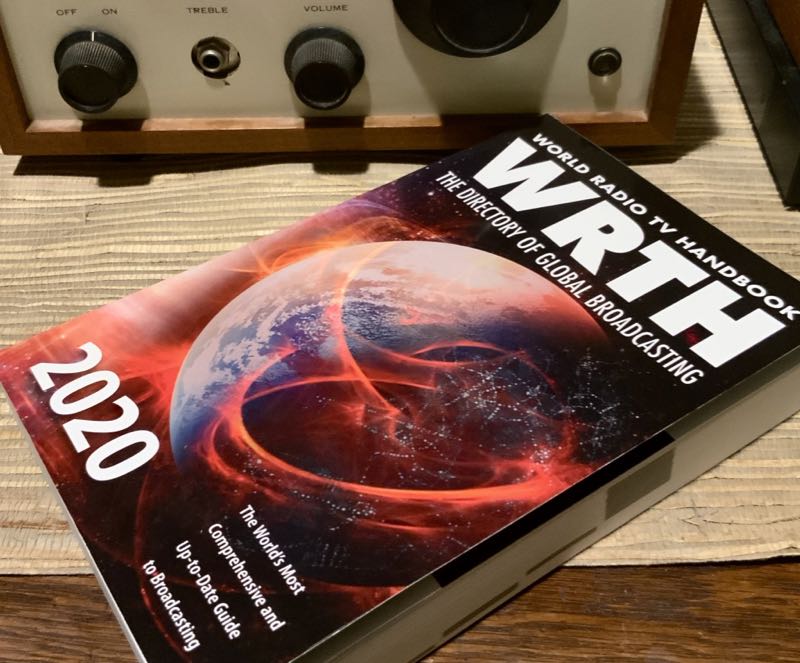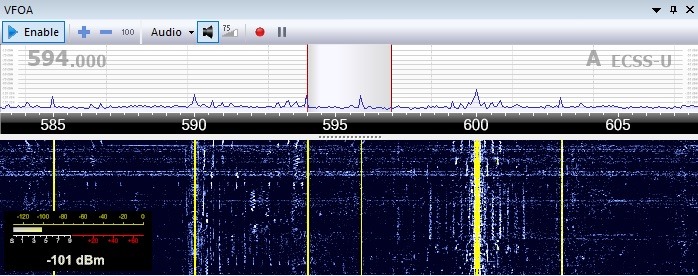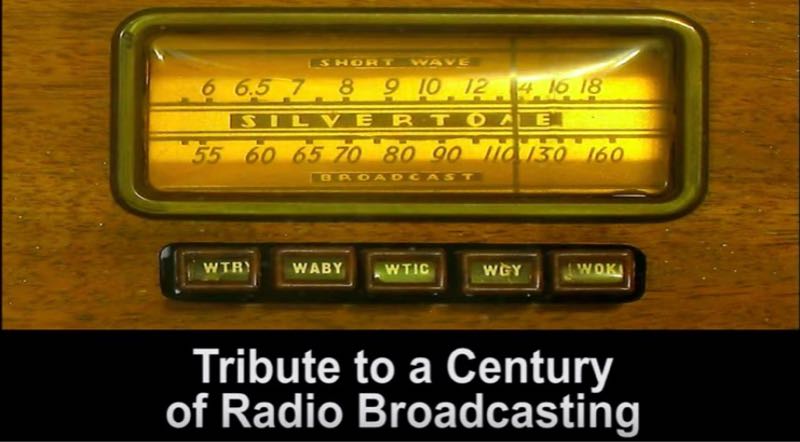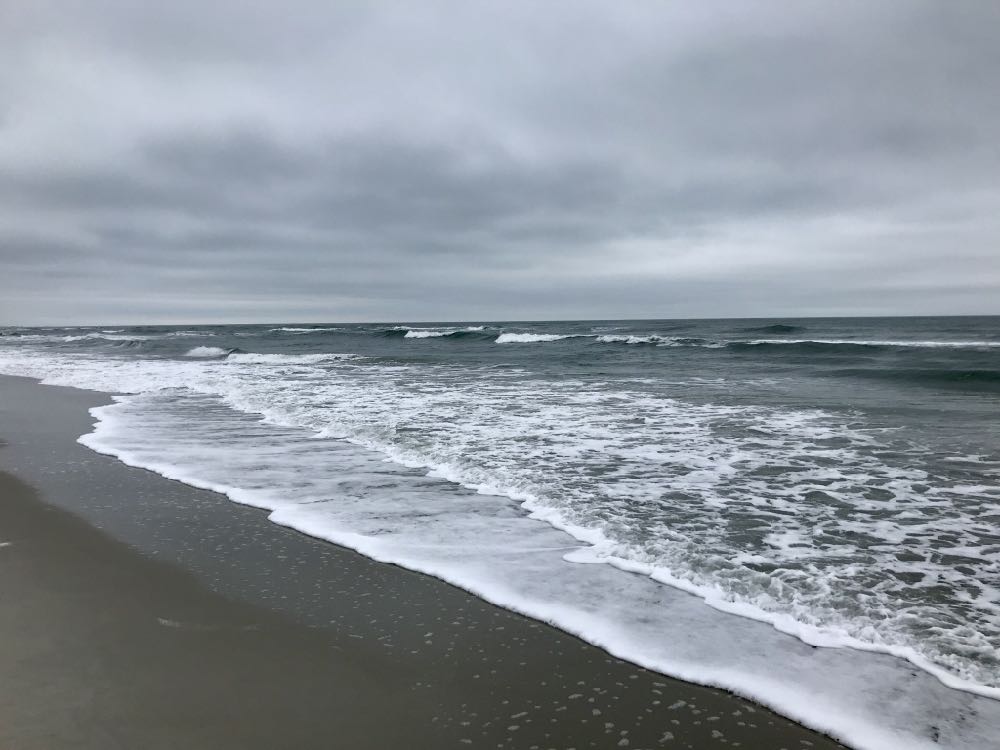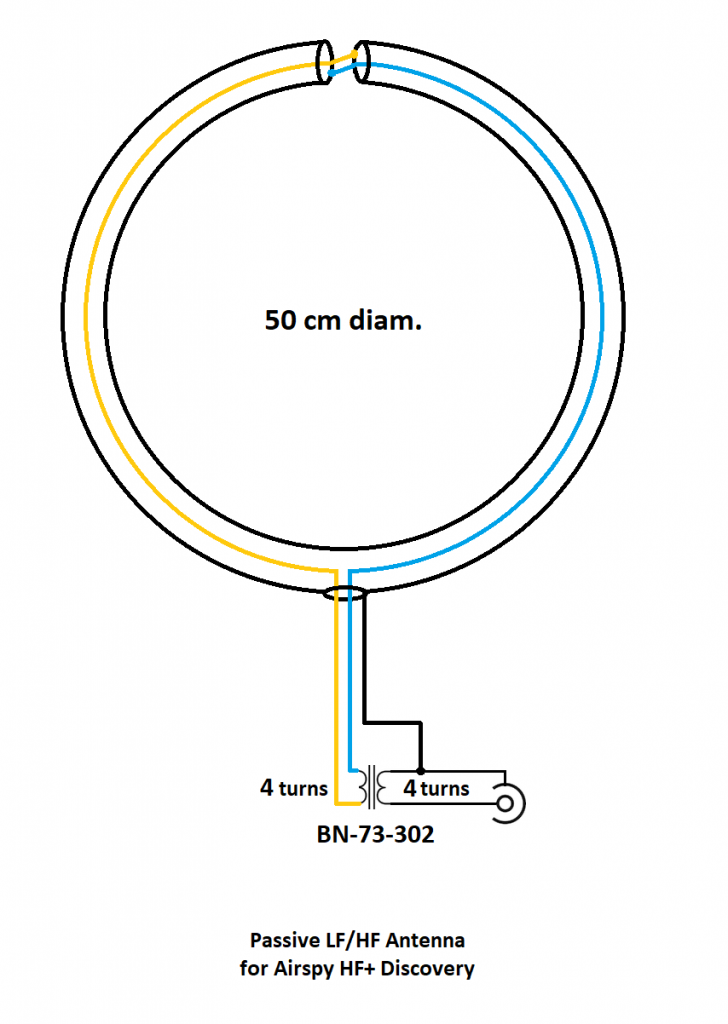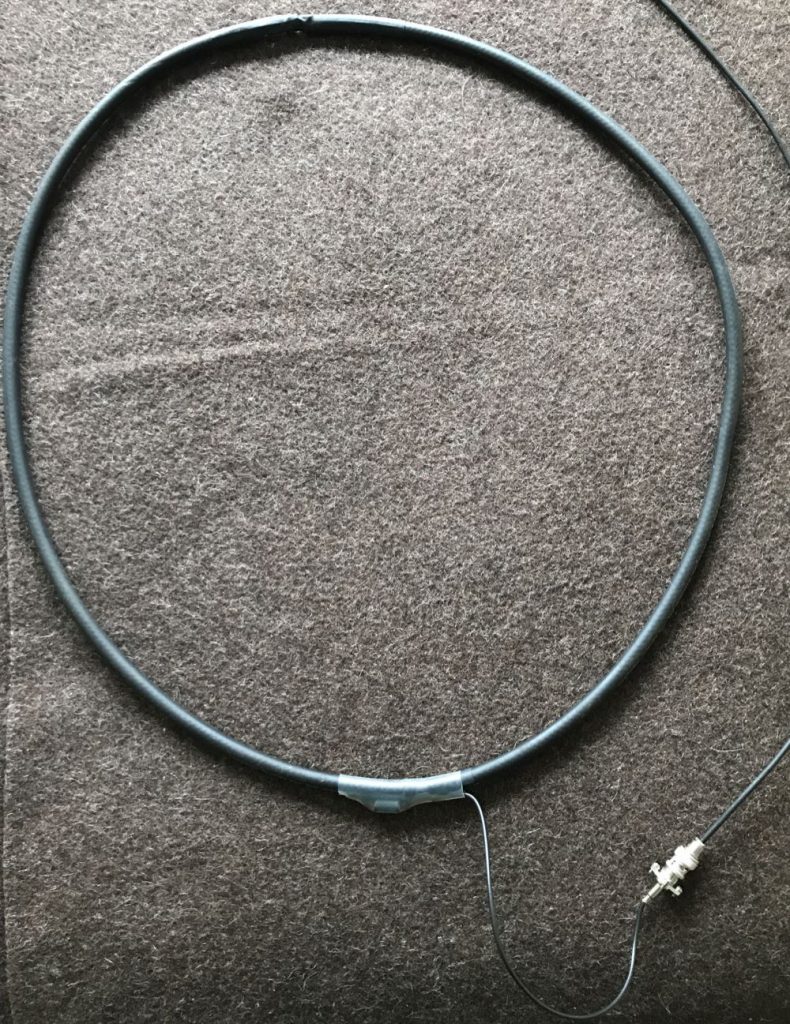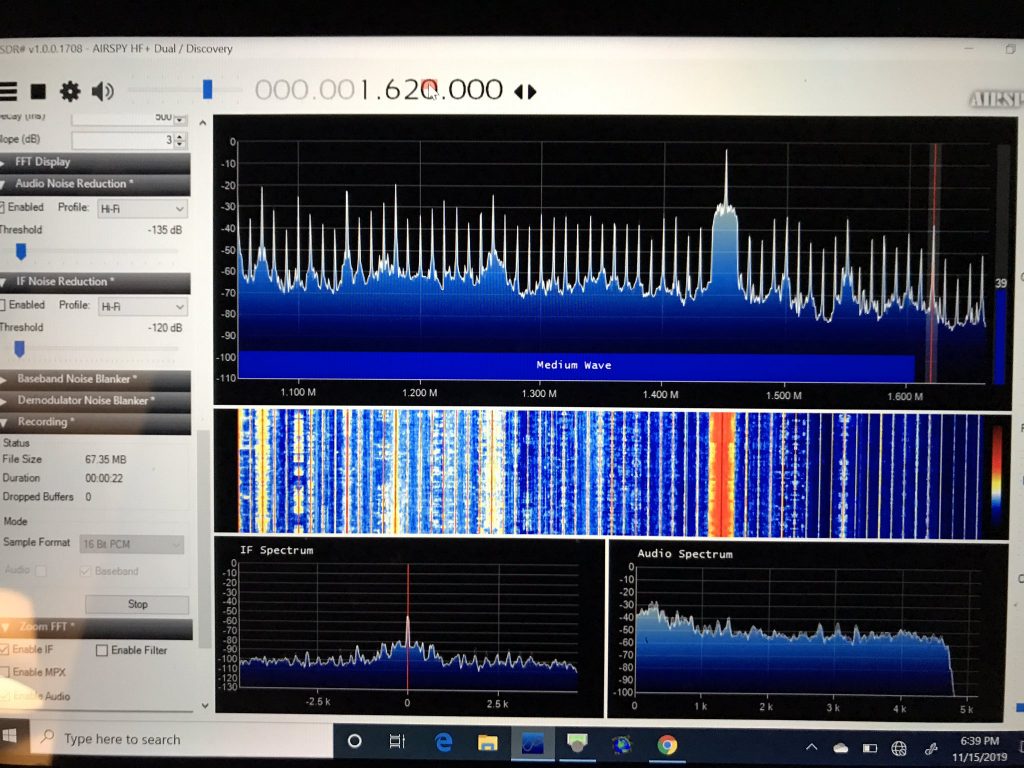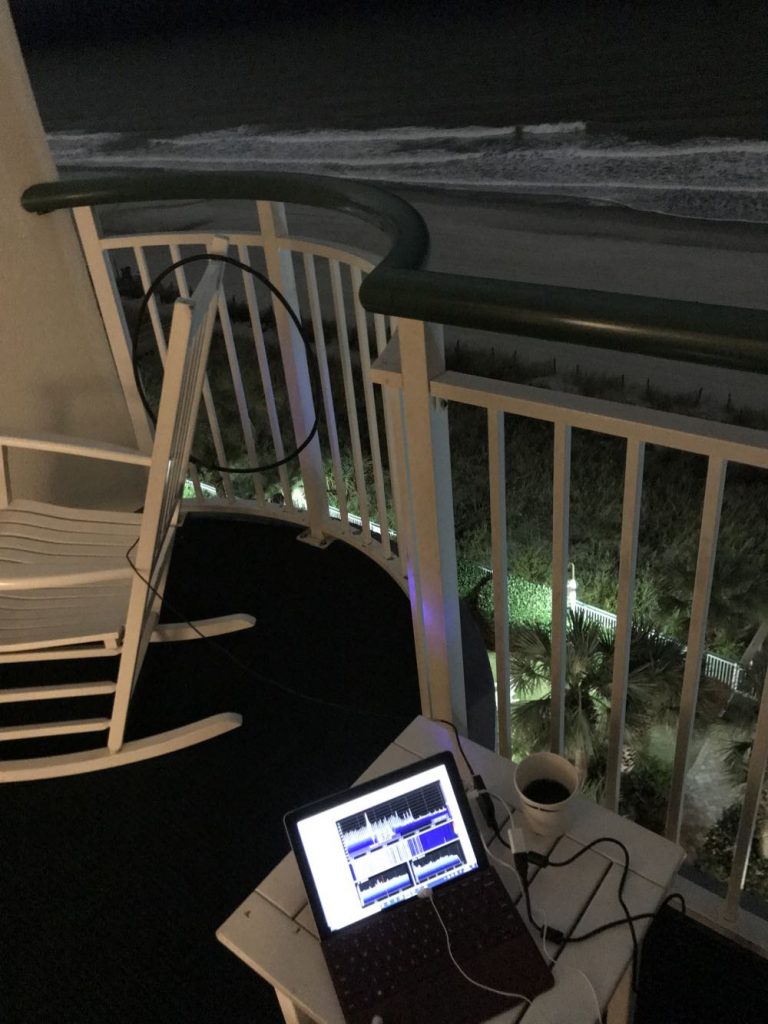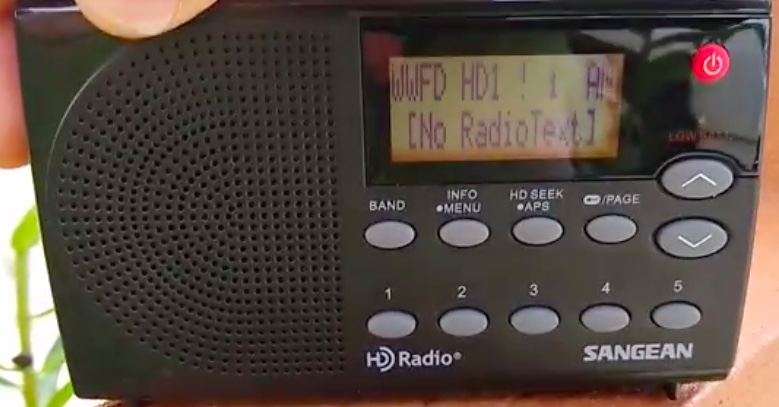(Source BBC Blog via Mike Terry)
By Kieran Clifton
Director, BBC Distribution & Business Development
In my blog posted in the summer of 2017, I explained the BBC’s plans for local radio and the reasons for the closure of some of our medium wave transmitters – which happened in January last year. This was the first stage of putting into action a plan that the BBC originally announced in 2011. Starting in February 2020, and completing in mid-2020, we will be moving on to the next stage of the plan, closing a further 18 medium wave transmitters across England, Scotland and Wales. There is a list of services affected at the end of this blog post.
My earlier blog post explained why we are closing some local medium wave transmitters, but I wanted to recap again here. The majority of radio listening in the UK – including to the BBC – is now digital, and digital listening is continuing to grow. We want to make our services available to you when and how you want them, but it’s also right that the BBC continues to ensure that the ways we distribute our services represent good value for money for you, the licence fee payer.
The BBC is committed to a digital future for radio, and in the past few years we have funded local DAB expansion, made all local radio stations available on digital terrestrial TV (such as Freeview), and we have transformed our online and mobile offering with BBC Sounds. Together with FM (which has recently been expanded for Radio Wales), these ways of receiving our stations now make up the great majority of listening, and as a result continuing to transmit these services on medium wave would no longer represent good value for money.
This change was planned as long ago as 2011, but we have taken a measured approach to implementing it to ensure that as many of you as possible have already moved on to other ways of receiving the services before we make this change. We know that the changes will impact some of you, and that’s why we’re speaking about the plans again now. We want to make sure that people listening to these transmissions will be able to use other methods to hear the same programmes.
All stations which will be affected will continue to be on FM and digital outputs (such as DAB, digital television, or online). For most people, re-tuning their radios or cars to FM or DAB is likely to be the simplest solution.
You can use our Problem Assistant tool to get more information on how to access all BBC services in your area.
The stations which will no longer be transmitted on MW are:
-
- Three Counties Radio (3CR)
- Radio Merseyside
- Radio Newcastle
- Radio Solent (for Dorset)
- Radio Solent
- Radio Cornwall
- Radio York
In addition, the following stations will have reduced MW coverage:
Radio Scotland
-
- Areas in and around both Aberdeen and Kirkcudbright
Radio Wales
-
- Tywyn, Forden and Llandrindod Wells transmitter areas
Radio Cumbria
-
- Areas in and around Whitehaven
Radio Norfolk
-
- Areas in and around Norwich

